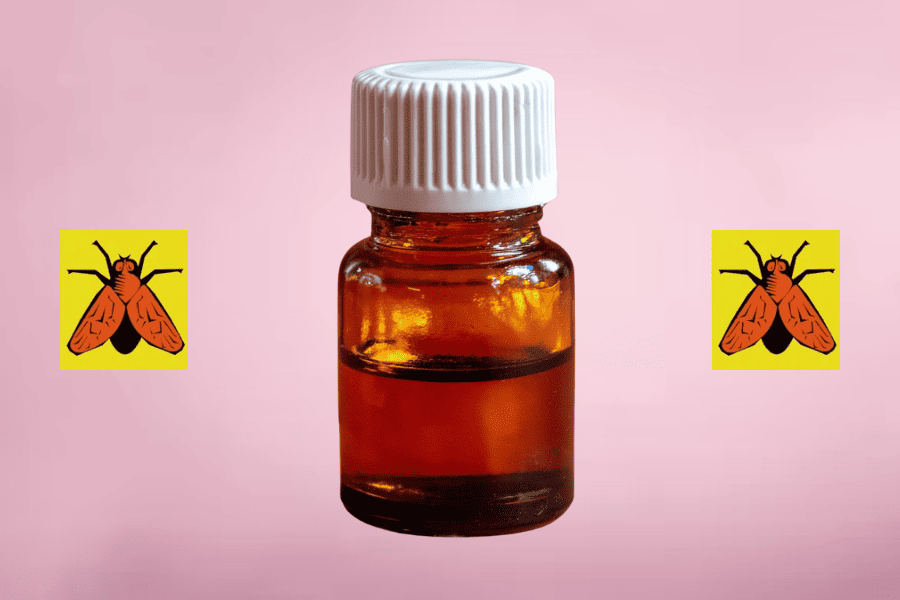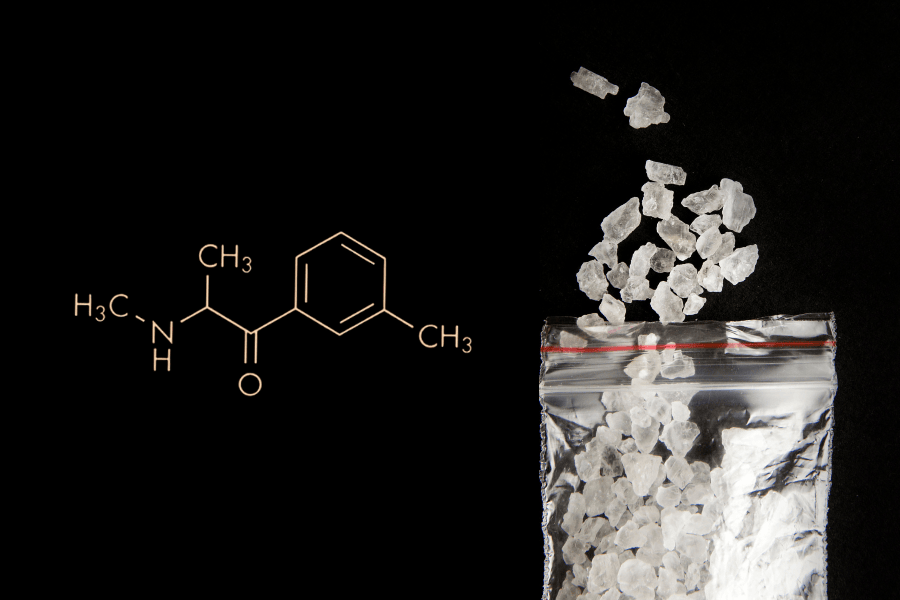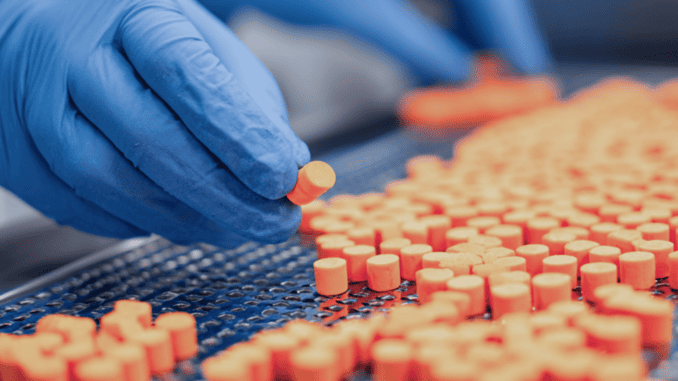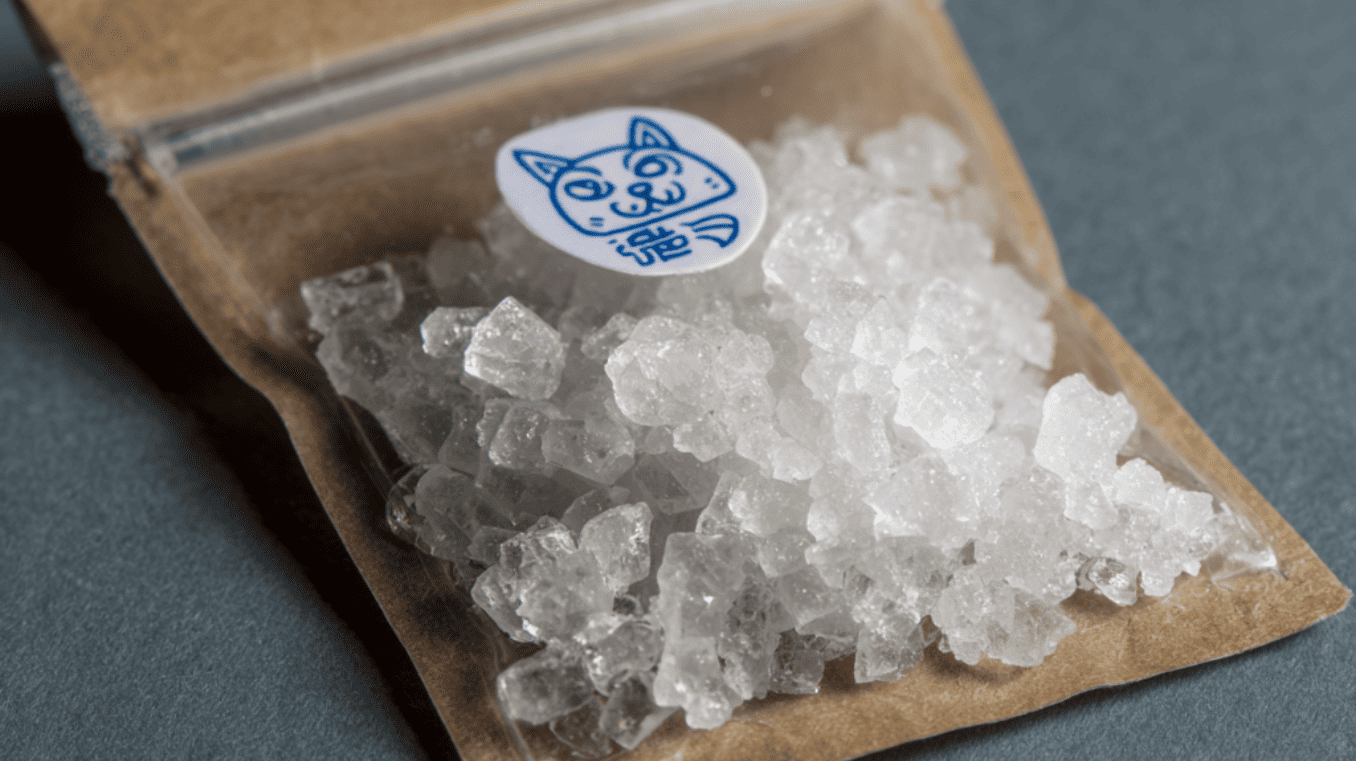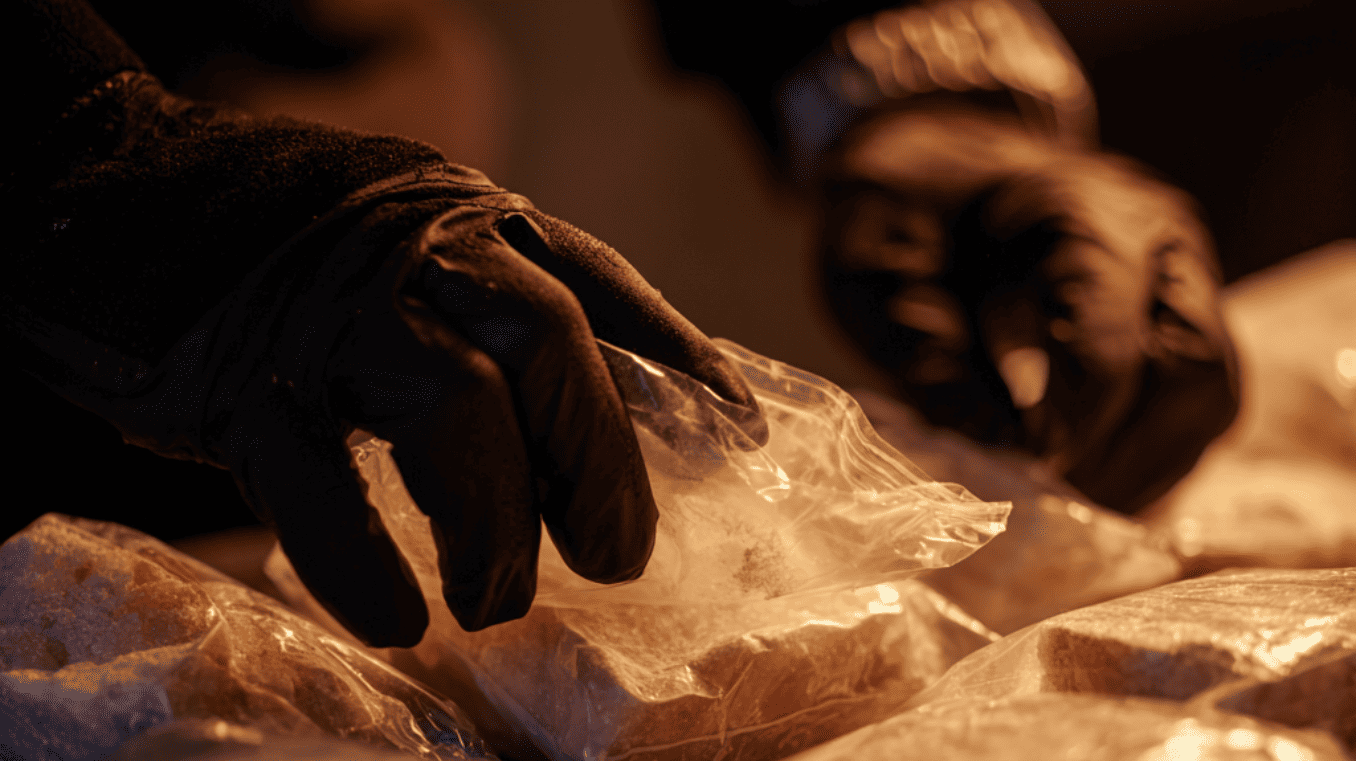What is a k-hole and how do you deal with it?
- Funcaps
- Blogs about arylcyclohexylamines
- 23 Jun 2025
- 11views
- Reading time: 5 minutes
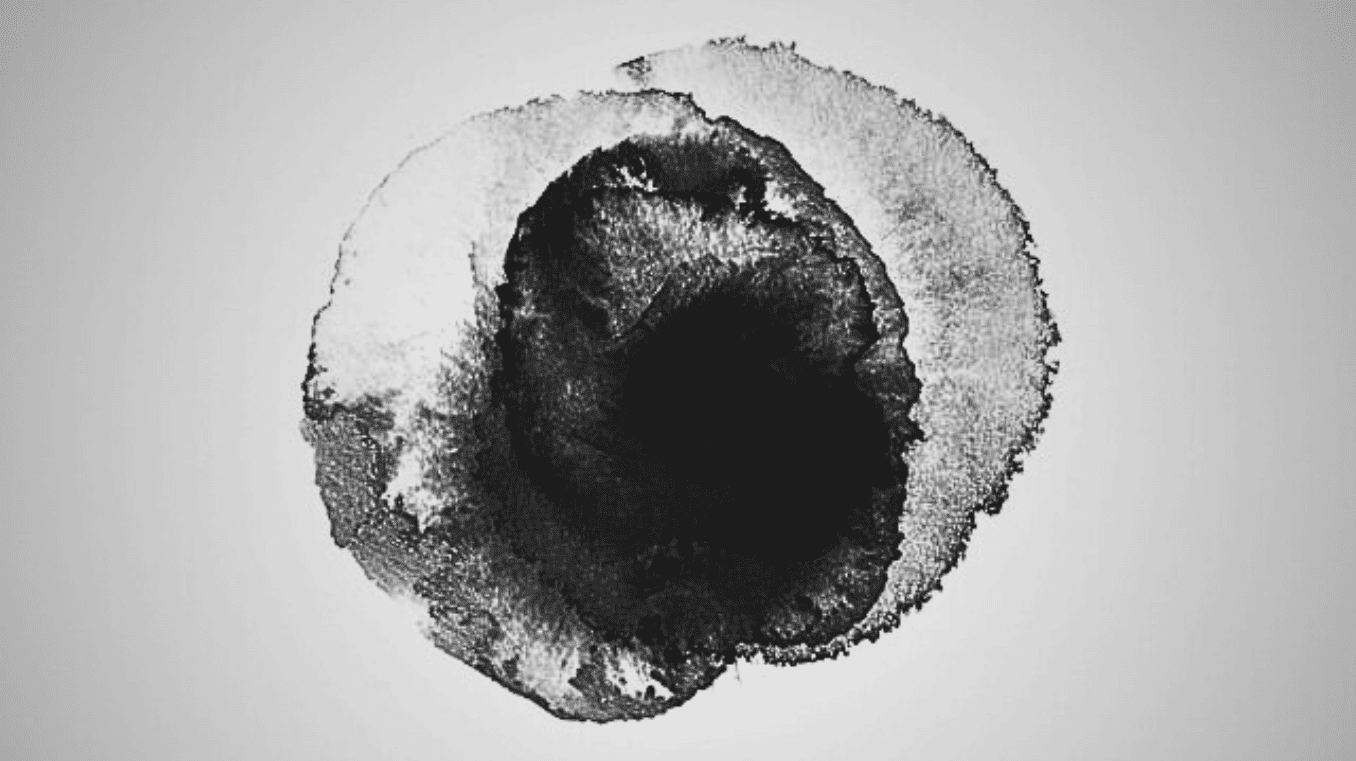
Imagine: you're at a party and the atmosphere is great. Everything seems relaxed, until you look at someone who seems completely absent. His eyes are wide open, unfocused, and he is completely unresponsive. Chances are he is in a k-hole at that moment. But what exactly is it and can you do anything about it? For those unfamiliar with ketamine, this can be quite scary. Don't worry: in this blog, we explain in detail what a k-hole is, how to recognise it, how long it lasts and what you can do if someone ends up in one.
What is a k-hole?
A k-hole is a mentally intense experience that occurs when someone has taken too much ketamine. The body and mind become disconnected: a state known as dissociation. Users often compare it to an out-of-body experience.
The term “k-hole” refers to the feeling of falling into a deep hole, a mental tunnel from which it seems difficult to return.
People who end up in a k-hole are unresponsive and seem disconnected from reality. They can no longer recognise themselves or their surroundings and hardly react to external stimuli. Some users find the experience fascinating or even spiritual. For others, it feels more like a confusing or frightening nightmare.
Recognising a k-hole
It is important to know when someone is in a k-hole so that you can respond appropriately. Recognising a k-hole is not difficult, as long as you know what to look for. Typical characteristics of a k-hole:
- The person is unresponsive, even to loud noises or pain stimuli
- Eyes are wide open but unresponsive
- Unable to move or speak
- Uncontrollable muscle movements may occur
- Afterwards, the person often describes hallucinations
Please note: this is not a pleasant high for most people. Many users describe it as confusing or even terrifying, especially when it happens unexpectedly.
Is a ketamine overdose the same as a k-hole?
A k-hole is not an overdose, but the line is very thin. A k-hole occurs when someone takes more ketamine than they are used to. This often happens due to lack of knowledge or misjudging the dosage. A real overdose involves an extremely high amount of ketamine, which carries serious risks.
An overdose can be recognised by:
- Unconsciousness (not to be confused with dissociation)
- Breathing problems
- Decreased heart rate or blood pressure
- Prolonged extreme confusion
In such cases, immediate medical attention is required. A k-hole can be intense, but is usually temporary and will pass on its own. An overdose, on the other hand, can be life-threatening.
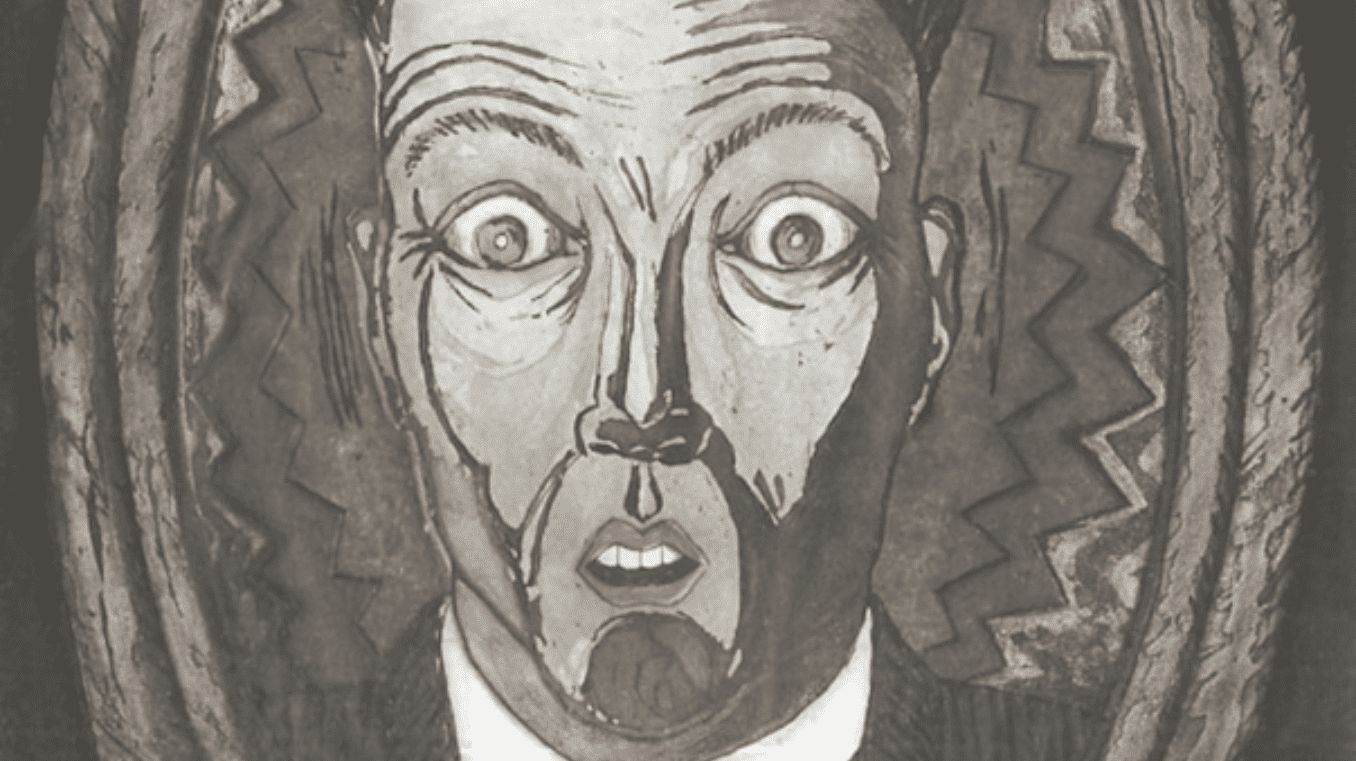
What should you do if someone is experiencing a k-hole?
If you notice that someone is in a k-hole, it is essential to remain calm. It may appear intense, but in many cases it is temporary and not immediately life-threatening. You should not give the person anything to slow down the trip. It will pass on its own.
How to help someone during a k-hole:
- Stay calm: your behaviour influences the atmosphere
- Do not leave the person alone: stay with them and keep an eye on them
- Create a safe environment: remove hard objects, muffle noise and bright lights
- Speak softly: even if the person does not seem to be responding, your voice can be reassuring
- Avoid panic: try not to ask overwhelming questions
If the person is still unresponsive after an hour, is breathing irregularly or showing other worrying symptoms, it is wise to seek medical help.
How long does a k hole last?
A k hole usually occurs when snorting or injecting a high dose of ketamine. It often starts within 5 to 10 minutes after ingestion. The intense phase of complete dissociation lasts on average between 20 and 45 minutes. This is followed by a period of recovery, which varies from person to person. Some people are responsive again within an hour, while others need several hours to feel “normal” again. The duration depends on the dose, method of administration and personal tolerance. The experience of time is completely distorted. Afterwards, they often cannot remember (parts of) the experience very well.
Is a k hole dangerous?
Yes and no. Physically, a k hole is usually not immediately dangerous, unless it is accompanied by falls, bumps or breathing problems. However, psychologically, it can be intense, especially for people who are not prepared for it and do not know what is happening to them.
The designer drug ketamine numbs the body, reducing muscle control. This increases the risk of tripping and falling. Because pain is suppressed, injuries can go unnoticed, even in the case of serious injury. Nausea and vomiting can also occur, with a risk of suffocation if someone is unable to move.
The risk of a k-hole is greater when someone snorts ketamine rather than using it via injection or capsule. Combining it with alcohol or other substances also increases the risk.
Tips to prevent a k-hole
Do you want to avoid risks as much as possible? There are some things you can do:
- Know your dosage: always start low, especially if your body is not yet used to it
- Ensure a familiar environment: preferably at home or with people you know
- Don't use alone: make sure someone who is sober is present
- Don't combine with other substances: this makes the effect unpredictable
- Don't underestimate the drug: ketamine is a powerful anaesthetic
A k-hole is something that can actually happen to you. It is certainly not a sensational story, but an intense dissociative experience caused by a high dose of ketamine. Recognising the signs, knowing what to do and how to prevent it makes all the difference. Whether you use it yourself or know someone who does: knowledge ensures safety. Nowadays, there are new substances that are very similar to ketamine, such as DCK and 2F-ketamine. These designer drugs are chemically related to keta, which means they have similar effects and risks.

